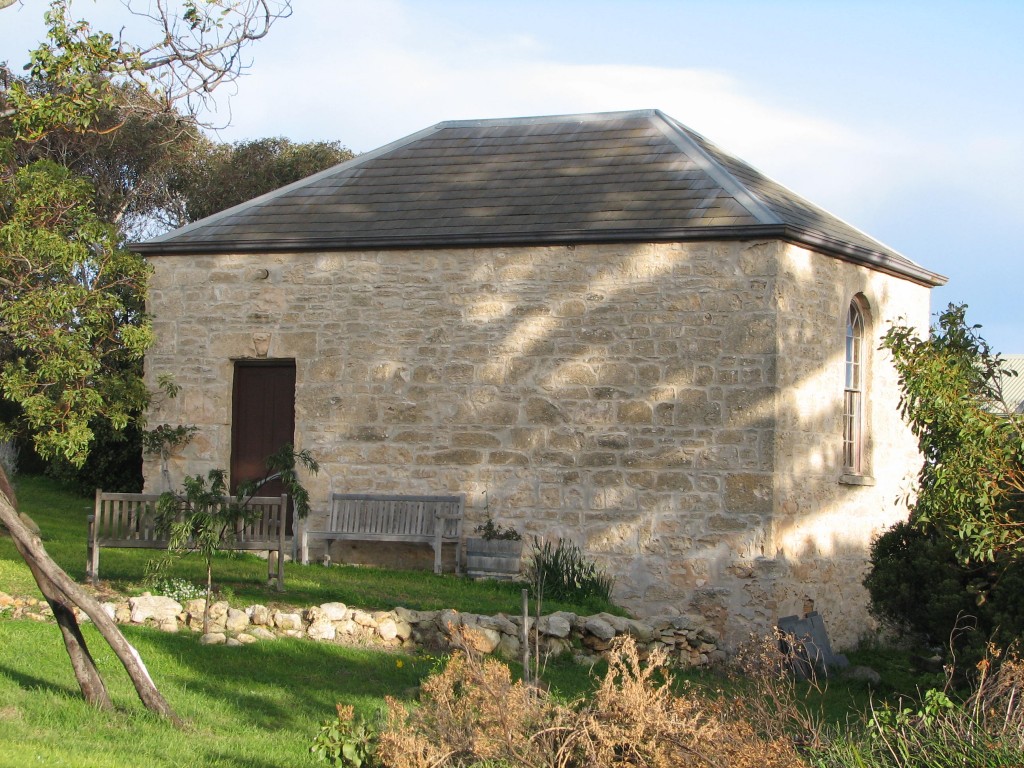A local couple, long-term residents of our place, returned recently from a 6-week stay on two of the Greek Islands, Kythera and Ithaka. From these bases they explored the islands and found ways to connect with their local peoples. This is an example of what is coming to be called sustainable tourism: extended stays, respecting local environment and its people. There, on the Greek islands, it’s coming to be seen as the only way the flood of tourist visitors can be managed. There are lessons in that experience for our place.
Like many of the coastal places in this country, tourism is seen here as the economic mainstay of the town. The contrast between the different times of the year could hardly be more dramatic: 1500 stable residents, as ratepayers, and a holiday population of at least 20,000 visitors; during the Covid epidemic, 30,000, as people put off trips to Bali in favour of home ground. The pressure on the town’s limited infrastructure and fragile coastal environment – the beauty of which is why people come – is immense. Damage is everywhere. And with the tourist summer now extending, there is little respite. The Kythera Summer Edition 2023 news magazine cites David Attenborough: ‘humanity cannot survive we continue down the mass tourism road.’
The crux of the problem, everywhere, is conceiving of tourism only in economic terms. Of course tourism does have economic benefits for the town. But these benefits are not widely distributed: here, as everywhere, the trickle-down benefits have proved illusory. In any case, that is not the main, or the only, benefit.
Beyond economy, sustainable tourism, done well, is enhanced by, and enhances, the community. Visitors come because they appreciate the place; they stay longer, not blow-ins; they take the time to look around in ; they play their part in caring for the place; they become part of the seasonal fabric of the community. That it is possible to think this way is shown by the Kythera community experience. Europe has been facing the mass tourist challenge far longer than we have; they are well ahead of us in forging a sustainable tourism path.
Here are some of the key elements of sustainable tourism, as Kythera sees it:
1) A longer stay, averaging seven days, is the backbone of sustainable tourism. Sustainable jobs associated with it are reported to increase by 70%. Moreover, 57% of the sustainable tourism dollar stays in the local economy, compared with 17% of the non-sustainable tourism dollar (most of it goes to corporate profit).
2) Local community initiatives support the sustainable tourism model. In Kythera these extend to ceramics workshops, olive oil production, treks, walks, cooking; slow food; slow rhythm of life.
3) The community and local government develop a long-term plan which brings together the different parts of a sustainable place and sustainable tourism in it, across social, environmental, and economic dimensions.
The Kythera Summer Edition editorial concludes:
“The Island welcomes travellers keen to break the thrall of mass tourism. Travellers eager to engage with the local community. Travellers who relish the opportunity to engage with a form of tourism that enhances and enriches the Kytherean way of life. Sensitive travellers who appreciate all that makes Kythera unique. Kythera’s magic has – so far – escaped the ravages of mass tourism precisely because most of its visitors are exactly that.”
Our place, you might think, could benefit from thinking that way.


Leave a Reply